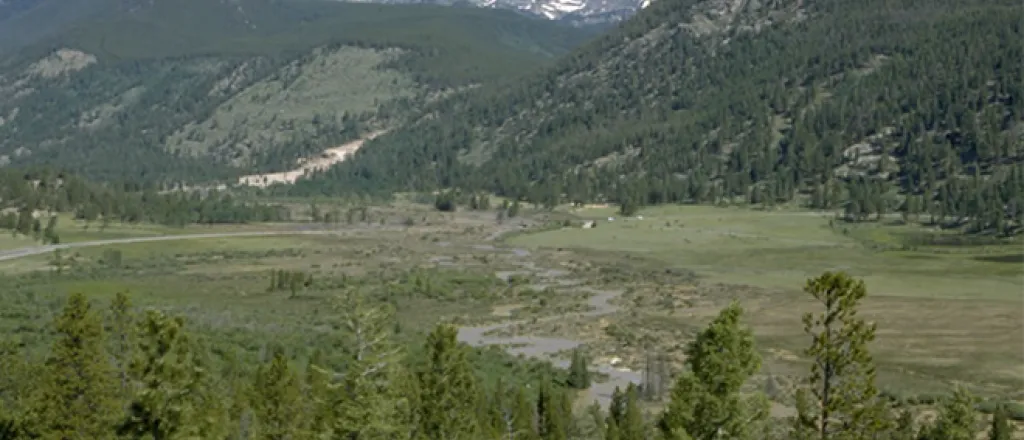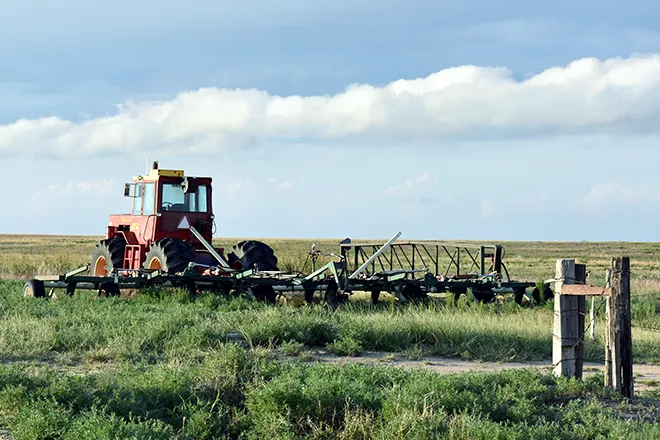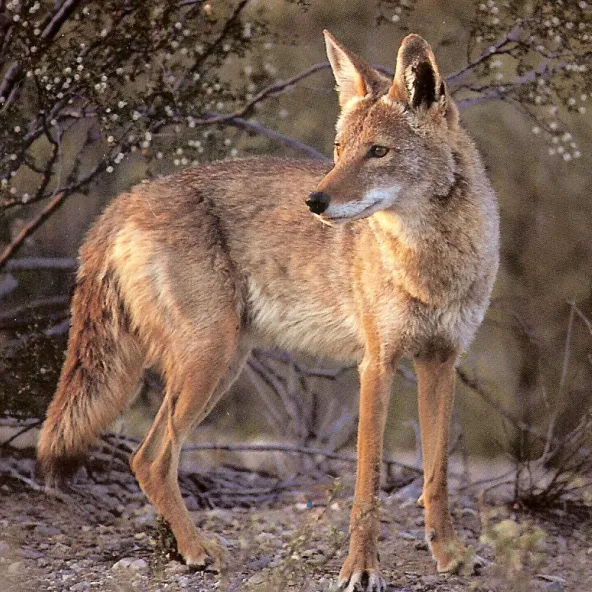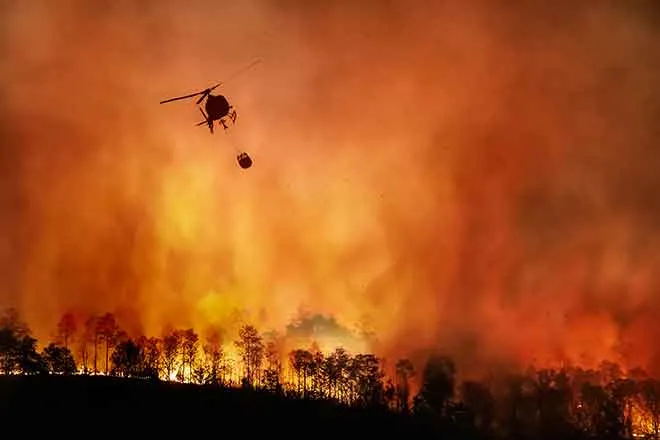
Deadly beetles now infesting lower-elevation ponderosa pines
Public domain - Wikimedia
Click play to listen to this article.
From the late 1990s through 2013, most of Colorado’s trees lost to mountain pine beetle infestations were lodgepole pines at higher elevations. But according to the Colorado State Forest Service, bark beetles are now moving into ponderosa pines at lower elevations.
Dan West, forest entomologist with the Colorado State Forest Service, said says with nearly three million people now living where urban areas extend into wildland forests, the wildfire risks posed by dead trees are rising significantly.

"Those needles that were in the tree start to rain down onto the forest floor and then produce a change in our fire behavior should a fire begin," he explained. "Makes it harder to fight these fires, and largely these fires burn hotter, and the fire effects are much, much greater afterwards."
Mountain pine beetle populations have continued to grow along the Front Range, but West said they have also been hard at work in Gunnison County, in the southwest corner of the state, and are now making inroads in Lake County. Between 1996 and 2013, some 3.4 million acres of pine forests were affected by mountain pine beetles, which is approximately 80 percent of the total pine forests in Colorado.
Historically, trees have been able to defend themselves by turning rainwater into resin that pushes out pests such as bark beetles. But because of prolonged drought exacerbated by climate change, West said beetles have been able to move through trees at a rapid pace.
"Warmer temperatures, and then of course the lower and variable precipitation amounts that we’ve been getting, are a challenge for trees to build up enough resins and build up enough defenses against these bark beetle attack," he continued.
Forest managers and property owners do have options for mitigating beetle damage. Semiochemicals can change how beetles communicate, telling incoming females that there isn’t any room for their babies in treated trees. West said Fall is the perfect time of year to get out and examine trees, and make a plan in case beetles do arrive. Sawdust around the base can be a sign of infestation.
"Walk your property and look at each individual tree," he advised. "That early detection is the best way to have a rapid response and be able to save some of the trees that are unaffected."

















